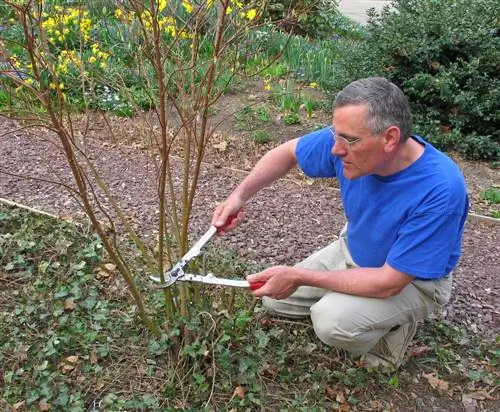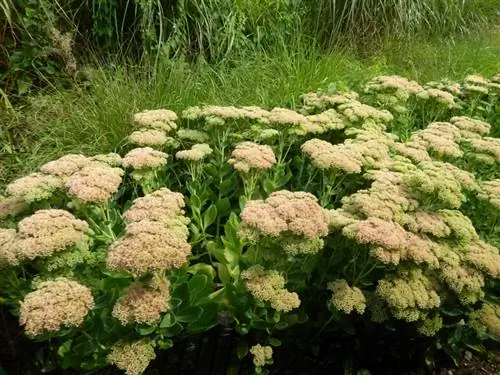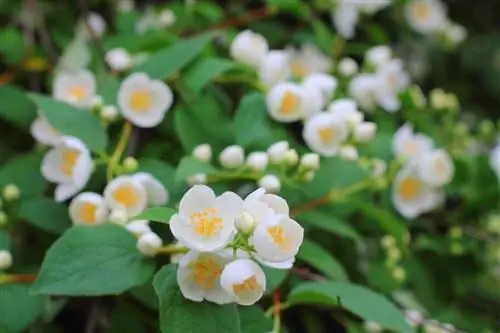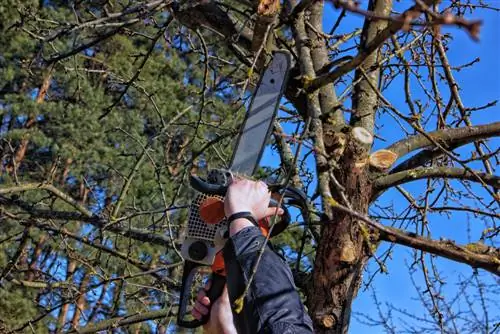- Author admin [email protected].
- Public 2023-12-25 17:45.
- Last modified 2025-01-23 11:22.
The dogwood genus includes almost fifty species, many of which have been cultivated as crops for hundreds of years. With a few exceptions, the trees grow like bushes. In order for the intensely colored bark to retain its attractive tone, you must rejuvenate the plants regularly.

How to properly rejuvenate a dogwood?
To rejuvenate a dogwood, cut it back heavily on a frost-free day in late February to early March to produce lots of young, intensely colored canes. Every three years you can also put the bush on the stick and shorten shoots 10-20 cm above the ground. Then care for the dogwood by watering and fertilizing.
var player=document.getElementById(“audio_with_controls”);
player.addEventListener(“play”, function () {
ga('send', 'event', ' Audio', 'play', '106429');});
When is the right time for this care measure?
Ideally, the cut should be done before the growing season begins. The ideal time is a frost-free day at the end of February to the beginning of March.
For pruning you will need, depending on the strength of the branches:
- Roses scissors,
- Pruning shears,
- Hand saw.
All tools should be very clean so that no pathogens can penetrate the wood through the cuts.
How to cut?
Cut back the dogwood vigorously so that many young canes form with the bark being intensely colored. However, this means you have to forego the flower decorations, as all dogwoods bloom on wood that was already formed the previous year.
Approximately every three years you can return the bushes to the cane and cut off all shoots 10 to 20 centimeters above the ground. If you water and fertilize the plant well, the dogwood will easily reach a height of around two meters again within a year. After pruning, the shrub also impresses with numerous thin, strongly colored canes.
Flower dogwoods are not cut
Flower dogwoods are cultivated for their attractive flowers, pretty fruit decorations and fall color. Since these varieties remain beautiful even without pruning, you can forego regular pruning. At most, an occasional thinning cut is required.
- Cutting is preferred in June, after flowering.
- Crossing shoots that are too close together are cut out.
- Then give the whole plant a little shape.
Dogwood as a hedge
Because dogwood tolerates pruning very well, it is well suited as a hedge plant. If the green enclosure becomes too tall or grows too sprawling, cut it back generously on a mild day in late February or early March. To ensure that the bushes grow back beautifully bushy, you should always shorten them above a branch.
Tip
Wear gloves when working on the dogwood, as there are toxins in the bark that can cause unpleasant skin irritations and rashes. Since eating the branches can be fatal for small pets such as rabbits and guinea pigs, you should never feed the cuttings.






